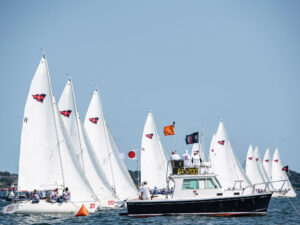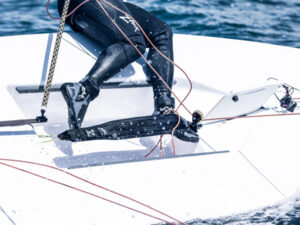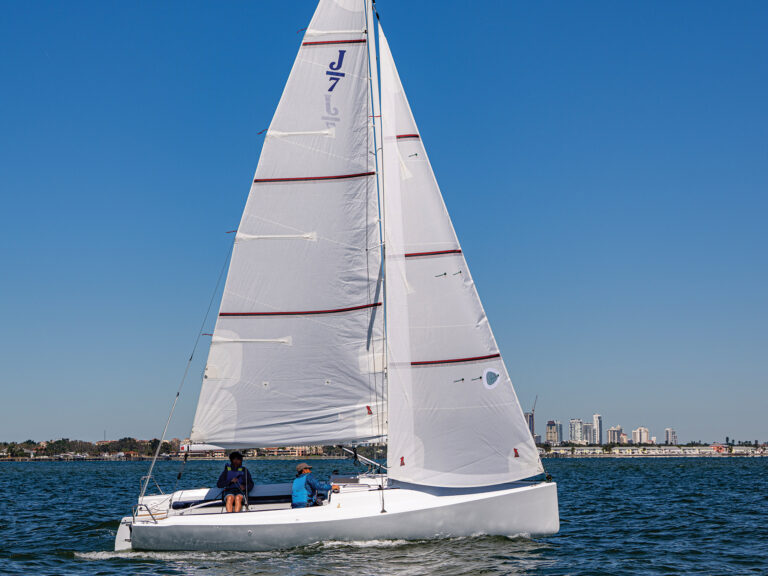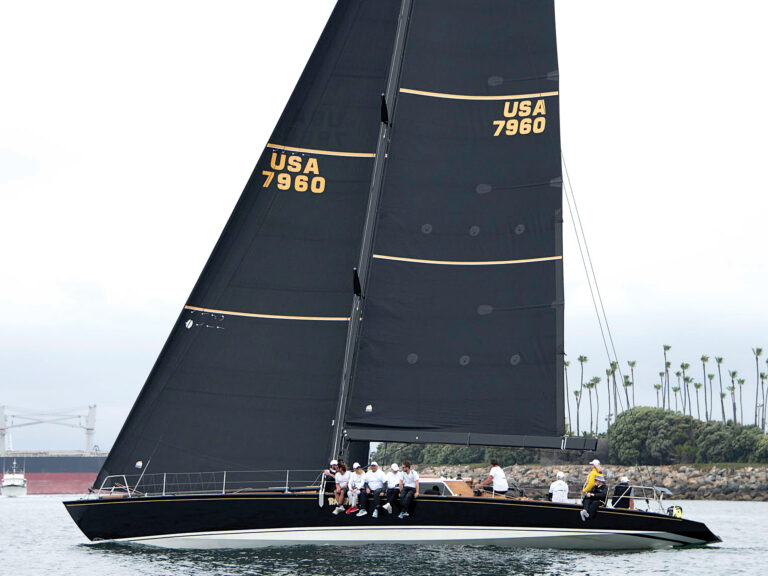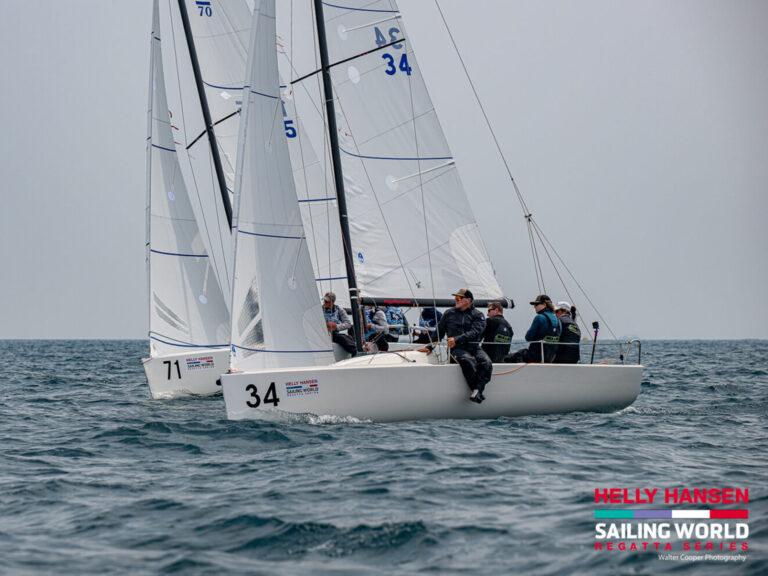I once learned a great phrase from a wise old school boat captain, Jim Cannon. Every time we hoisted the mainsail he would say aloud: “Look up before you hook up.”
Cannon was, of course, referring to the proper habit of looking aloft before attaching a halyard, to ensure it’s not twisted or fouled at the top of the rig. Attached to our halyard was the standard-issue Tylaska H8 2:1 shackle, and by nature of it being a simple 2-to-1 purchase, it is easy to find a twist or two in the halyard, so it was always good practice to make sure all was right before the mast man did his thing.
After so many years of hooking up that reliable H8 and countless others, I never realized the Tylaska factory was a mere 45-minute drive from Newport. Over the bridge, down I-95 and through a wooded exit of Mystic, Connecticut, one comes upon an industrial park owned by Dr. Timothy Tylaska, who apparently invented the Tylaska Snap Shackle during his doctoral studies at the University of Connecticut’s School of Engineering. At the back of the sprawling park is building No. 14, which Tylaska recently built to house its expanding operation. The facilities may be new, but inside are relics of the metalworking industry; giant milling machines and presses that lead engineer Thomas Dixon keeps reprogramming and maintaining to crank out a long SKU of metal parts for boats, parachutes and anything else that needs attaching leading: shackles, friction rings, hooks the size of your hand—you name it, Tylaska can likely make it.
Curious to see how the stuff is actually made, we took a recent field trip to visit Tylaska, and while the Doctor himself was off on an errand, Dixon gave us a tour and walked us through, step-by-step (sans the anodizing bath), the birth of an H8 2:1. Now, whenever I look up to hook up, I know where and how it’s made in the US of A.


